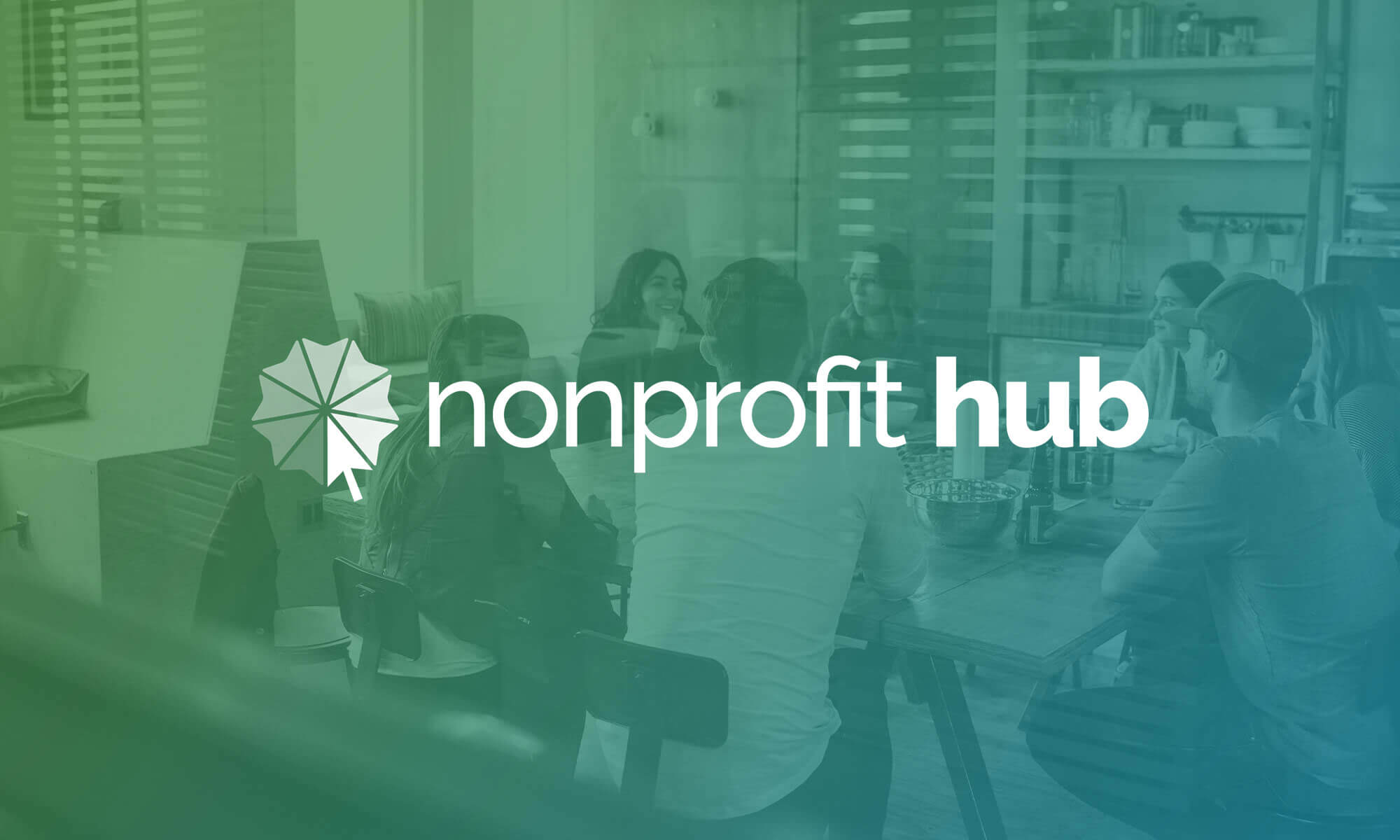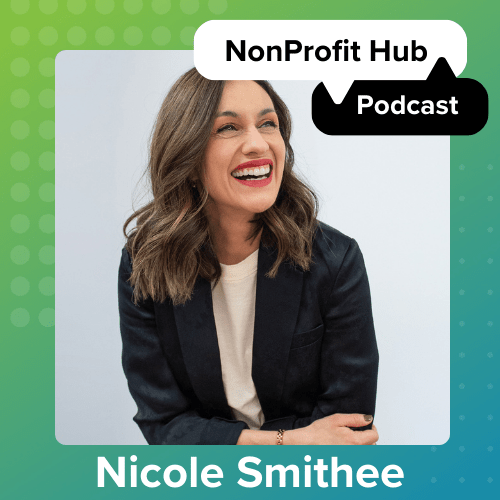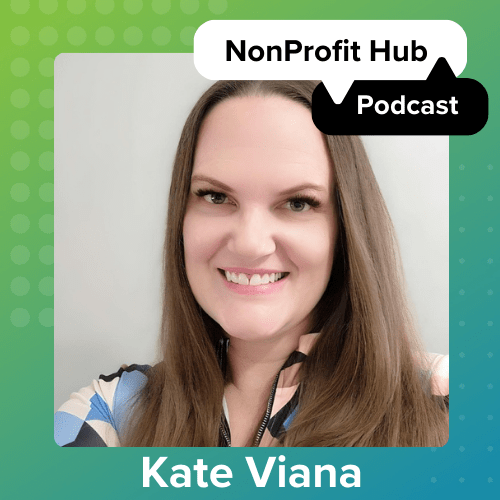Many section 501(c)(3) tax-exempt organizations are using single-member limited liability companies (SMLLCs) in their structures. With the recent IRS guidance that donations to a domestic SMLLC of a U.S. section 501(c)(3) organization are treated as charitable contributions to the parent tax-exempt organization, the practice may increase (IRS Notice 2012-52, 2012-35 I.R.B. 317).
The IRS guidance is good news for charitable organizations that use (or are considering) an SMLLC. A donation to the SMLLC will be treated as a charitable contribution to a branch of the parent charitable organization. The parent will provide the written acknowledgements of the contributions to the SMLLC and any required disclosure, I.R.C. §§ 170(f) and 6115.
An SMLLC is a separate entity for state law purposes, providing protection to the parent from liabilities of the SMLLC, but it is a disregarded entity for federal tax purposes. The SMLLC is treated as a division of the parent charitable organization for federal tax purposes and, therefore, it does not file a Form 1023 application for recognition of exemption or a Form 990. An exempt organization may use an SMLLC to house a related activity to protect the parent from potential liabilities from the activity or to establish separate management and record-keeping for the activity. Because no separate exemption determination is required, which can be expensive and time consuming, the SMLLC provides a relatively inexpensive and timely way for a tax-exempt organization to use a separate entity for some of its operations.
An SMLLC is not appropriate for all activities of a charitable organization. An exempt organization should consider the following prior to using an SMLLC:
- Unrelated activities. If the operation of an unrelated business activity is a concern to an exempt organization, placing the activity in an SMLLC will not solve the problem. Although an unrelated activity may be conducted in an SMLLC (for example, for liability protection purposes), the parent charitable organization will report these activities as its own and the unrelated activity may have an adverse impact on the parent’s tax-exempt status. In such a situation, the organization could consider using a subsidiary for-profit corporation.
- State laws. Consider state law exemptions of the parent charitable organization (e.g., sales tax exemption, ad valorem property tax exemption). If the SMLLC needs the exemptions for its particular activities, consider whether such exemptions will extend to the SMLLC.
- No separate determination letter. In some situations, a funder may require that an organization be a separate corporation and/or have an IRS determination letter in its name.
Charitable organizations should discuss the pros and cons of SMLLCs with their attorney to see if the structure will benefit their organization.
Jane D. Callahan is a shareholder of the Orlando, Fla.-based law firm of Dean, Mead, Egerton, Bloodworth, Capouano & Bozarth, P.A. With more than 25 years of experience as a tax attorney, she represents a wide range of charities and other tax-exempt organizations, from their inception to handling tax and corporate issues. For more information, contact [email protected]. Callahan regularly contributes to Dean Mead’s Tax Law blog.
Filed under: Nonprofit Programs, Policy, Trends ![]()







